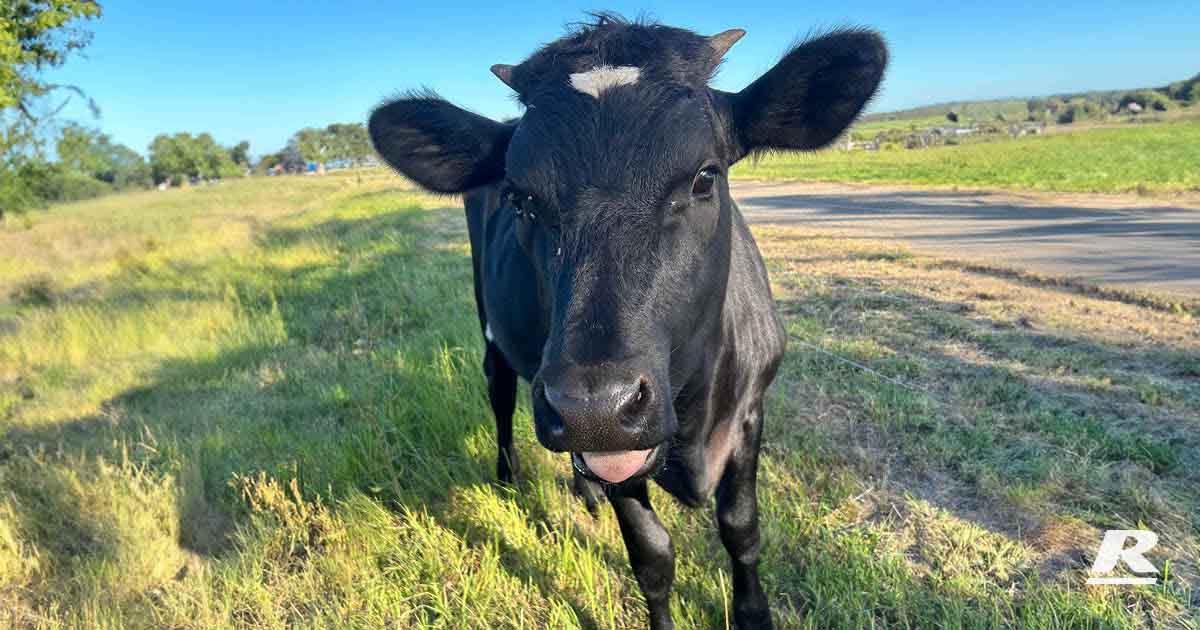What is your fodder doing for you?
We’ve reached the time of year again when everyone is/has been busy cutting hay and silage ready for the year ahead of them. With seasonal conditions meaning some people will be required to bring in feed, we have put together a simplified information sheet outlining some key things to keep in mind while conserving fodder and what to look for if you are feed testing. We have also included some feed values you should be looking at to achieve your animals’ best potential, and what the recommended ranges are for specific feed types.
Metabolisable Energy (ME)
Metabolisable energy is the energy available for the cow to utilise from the feed source. It is measured in megajoules per kg of dry matter (Mj/kg DM). The higher the ME in a feed source, the more energy that is available to the animal for production or growth.
ME ranges
| Cereal hay | Pasture hay | Pasture silage | Cereal silage | Legume hay | Canola hay | |
|---|---|---|---|---|---|---|
| ME (Mj/kg DM) | 8-10.5 | 9.5-10.5 | 9-10.8 | 8-10 | 9.5-11 | 9-11 |
Crude Protein (CP)
Crude protein is the measurement of the total amount of protein that is present in a feed source. Also the stage of growth when harvested is key in predicting protein %.
Ideal CP%
| Cereal hay | Pasture hay | Pasture silage | Cereal silage | Legume hay | Canola hay | |
|---|---|---|---|---|---|---|
| CP | 10% | 18% | 19% | 17% | 24%+ | 18%+ |
Moisture and Dry Matter
The measure of dry matter (DM) left within the sample after all the moisture has been removed. The ideal DM can be found below in table to use as a guide.
Ideal DM% values
| Hay | Silage | Maize silage | |
|---|---|---|---|
| Dry Matter | 80-90% | 35-45% | 35% |
Hay
- If the Hay is too wet it will cause bailing issues and may spoil and heat. Resulting in more energy and protein being lost
- If the hay is too dry, we will also have bailing issues and will lose leaf material through dust
Silage
- If silage is too wet, it will have a slow fermentation process due to buffering of pH- resulting in more energy being used for the ensiling process and feed losing energy and protein
- If the silage is too dry, we have difficulty in compaction, leading to excess air present and creating spoilage such as mould, yeast, fungi, leading to energy losses of silage and toxicity or palatability issues. Fermentation will be incomplete, leading to silage building up butyric, which will encourage pathogenic bacteria, mould and nutrients being used, and reducing the fodders protein & energy levels.
Neutral Detergent Fibre (NDF)
NDF is the amount of digestible and indigestible fibre in a feed and is displayed as NDF on feed test. It indicates how long it will take for the feed to break down within the rumen; which will directly influence dry matter intake. The lower the value of NDF, the more stock can consume of the commodity. This is key to driving intake and driving production and in turn driving farm profitability.
NDF ranges- First value is ideal, second value is mature plant
| Cereal hay | Pasture hay | Pasture silage | Cereal silage | Legume hay | Canola hay | |
|---|---|---|---|---|---|---|
| NDF | 46-65% | 40-55% | 35-60 | 35-60% | 35-45% | 35-50% |
Reid Stockfeeds recommends using or buying good quality fodder within these ranges, so that when used in conjuction with our vast range of available grain and pellet products, we can help you maximise your profitability and output.
Our dedicated team of trusted advisors are here to guide and offer valuable solutions for any of your nutrition or fodder related queries! Contact us today on 1300 REID FEED or enquire here >
Author
Chris Moutray
Sales & Nutrition Account Manager
SW Victoria
